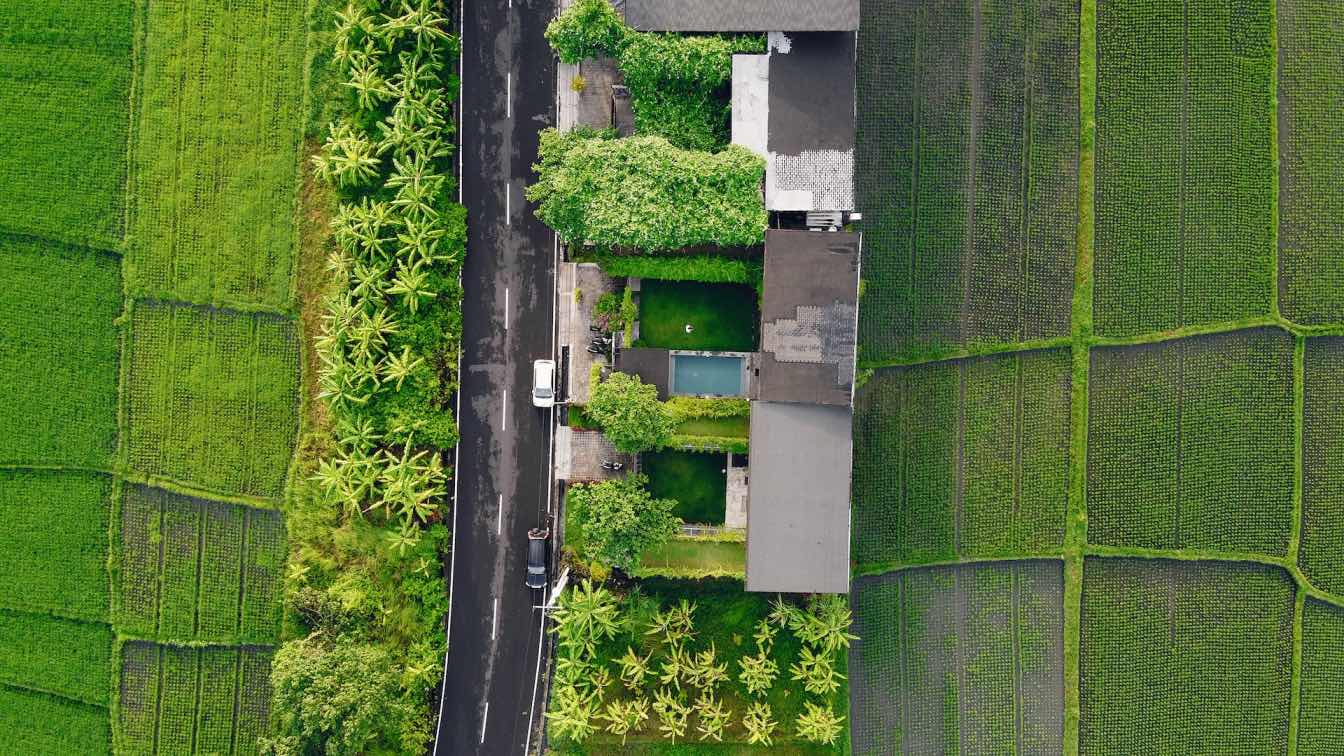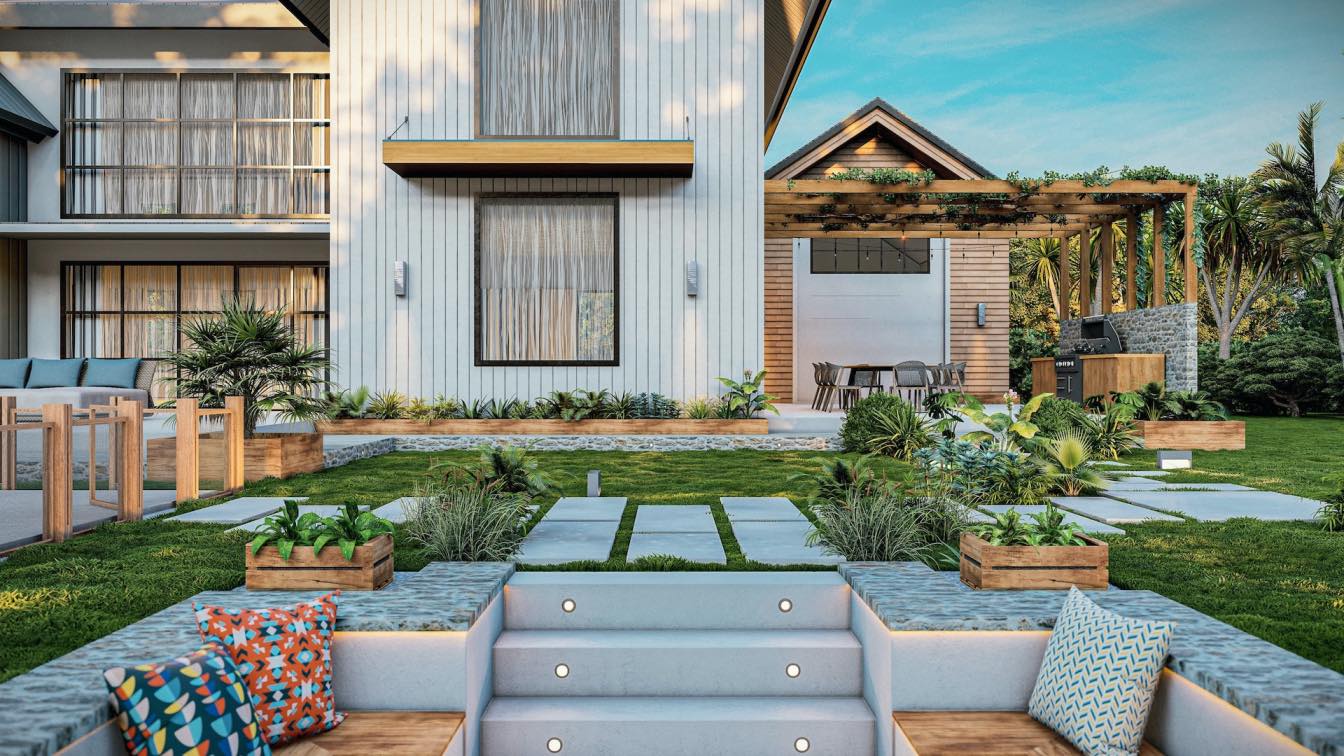As the world becomes more environmentally conscious, homeowners are increasingly looking for sustainable ways to reduce their carbon footprint. One effective approach is through green roofing options. Green roofs not only provide aesthetic benefits but also offer substantial environmental advantages, such as improved insulation and reduced stormwater runoff. In this guide, we'll explore various green roofing options to help you make an informed and eco-friendly choice for your home.
Benefits of Green Roofs
Green roofs come with a multitude of benefits that make them an excellent choice for environmentally conscious homeowners. Firstly, they significantly enhance the insulation of your home, leading to reduced energy consumption and lower utility bills. They use sustainable roofing materials that are specially designed to absorb and retain heat, keeping your home warm in the winter and cooler in the summer. Moreover, green roofs also help reduce stormwater runoff by absorbing rainwater and preventing it from entering the sewage system. This not only reduces the risk of flooding but also helps keep our waterways clean by minimizing the amount of pollutants that end up in them.
Types of Green Roofs
Extensive Green Roofs
Extensive green roofs are shallow and lightweight, typically featuring a thin layer of soil or growing medium, usually between 2 to 6 inches deep. These roofs are designed to be low maintenance and are suitable for a variety of plants such as sedums, grasses, and mosses. Due to their lightweight nature, extensive green roofs are often used on existing structures and are ideal for large areas where access might be limited.
Intensive Green Roofs
Intensive green roofs, often referred to as roof gardens, have a deeper soil layer, usually ranging from 6 inches to several feet. This allows for a wider variety of plants, including shrubs and small trees, to be grown. Intensive green roofs require stronger structural support and more regular maintenance, such as weeding and irrigation, but provide lush, functional green spaces that can be enjoyed like a traditional garden.
Semi-Intensive Green Roofs
As the name suggests, semi-intensive green roofs are a hybrid of extensive and intensive green roofs. They typically feature a soil depth ranging from 4 to 8 inches, allowing for a greater variety of plant species than extensive green roofs, but without the intensive maintenance demands of a full roof garden. These versatile roofs strike a balance between being lightweight and offering diverse vegetation, making them a popular choice for both residential and commercial buildings.
Installation Tips
Installing a green roof requires careful planning and consideration. Begin by evaluating the structural integrity of your roof to ensure it can support the additional weight of a green roof system. Consulting with a structural engineer can provide clarity and safety assurances. Once the structure has been deemed suitable, the installation process involves several layers, including a waterproof membrane, a root barrier to prevent plant roots from penetrating the roof structure, a drainage layer to manage excess water, and finally, the growing medium or soil.
It's crucial to select the right type of plants for your climate and the specific conditions of your roof, such as sunlight exposure and wind. Pre-vegetated mats or modular trays can ease the planting process and ensure even coverage. Additionally, consider installing an irrigation system, especially for intensive and semi-intensive green roofs, to maintain plant health during dry periods.
Maintenance Tips
Green roofs require regular maintenance to thrive, though the level of care needed varies depending on the type of roof. Extensive green roofs are generally low-maintenance, with periodic checks to remove weeds, inspect drainage systems, and ensure the health of the vegetation. Intensive and semi-intensive roofs, being more akin to traditional gardens, need more frequent attention, including regular watering, fertilizing, pruning, and pest management.
Seasonal maintenance is also essential for all green roofs. In the spring, remove any debris that may have accumulated during the winter and check for any damage. During the growing season, monitor and manage the plant growth. In the fall, prepare the plants for the colder months by making necessary adjustments to the irrigation system or adding a layer of mulch to protect the roots. Regular inspections, ideally twice a year, will help address potential issues early, ensuring the longevity and vibrancy of your green roof.
Opting for a green roof not only benefits the environment but also adds value to your home. With various types of green roofs to choose from, careful installation and regular maintenance can help create a sustainable and visually appealing addition to your home. Consider consulting with a professional roofing company that specializes in green roofs for guidance and expertise throughout the process.





